



Family: Zingiberaceae
Genus: Alpinia (al-PIN-ee-uh) (Info)
Species: purpurata (pur-pur-AH-tuh) (Info)
Synonym:Guillainia purpurata
Category:
Bulbs
Herbs
Height:
4-6 ft. (1.2-1.8 m)
Spacing:
12-15 in. (30-38 cm)
Sun Exposure:
Full Sun
Sun to Partial Shade
Light Shade
Danger:
N/A
Bloom Color:
Pink
Rose/Mauve
Magenta (Pink-Purple)
Red
Bloom Time:
Blooms repeatedly
Foliage:
Evergreen
Herbaceous
Other details:
This plant is attractive to bees, butterflies and/or birds
Requires consistently moist soil; do not let dry out between waterings
Flowers are good for cutting
Soil pH requirements:
6.1 to 6.5 (mildly acidic)
6.6 to 7.5 (neutral)
By dividing rhizomes, tubers, corms or bulbs (including offsets)
Gingers include tall plants, short plants, plants with ornate foliage and sweet fragrance, plants for the sun and plants for the shade.
Flower colors range from soft lavender blue to bright red and orange, pink, purple, yellow, gold, white - nearly every color on the chart.
Most gingers like moist, fertile, organic soils, but a few are epiphytes.



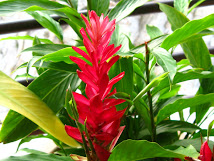
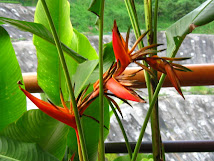


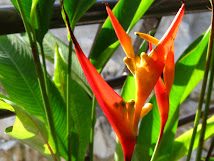
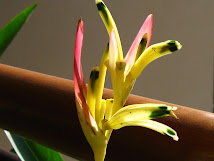

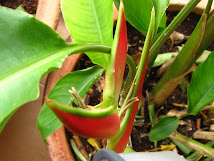


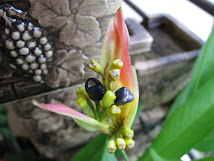
No comments:
Post a Comment